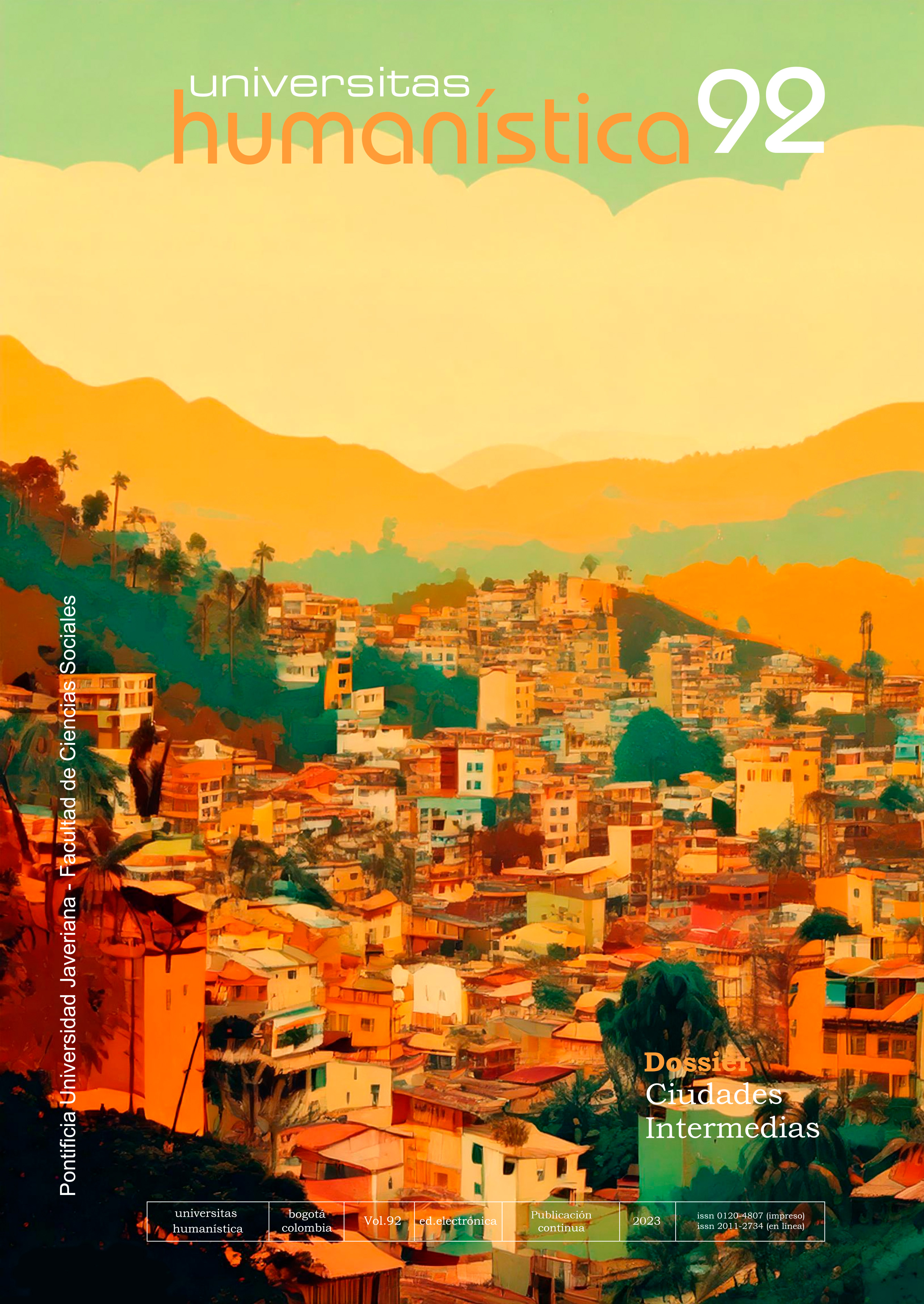Resumen
O artigo apresenta uma análise sintética das características da segregação socioespacial na cidade de Santa Cruz do Sul e seu Plano Diretor em relação ao expresso na ‘Nova Agenda Urbana’ – ONU/ Habitat III. Sob esta perspectiva é apresentado uma proposta de diretrizes para nova abordagem para compreensão do território que englobe a espacialização de dados quali-quantitativos do espaço urbano com vistas a subsidiar políticas públicas com ênfase nos resultados encontrados através de um processo de inclusão social, fomentando redes de troca locais e o empoderamento dos cidadãos em uma estratégia de organização e funcionamento que envolva o poder público, as entidades civis e de classe, a academia e comunidades locais de maneira equânime na compreensão e proposição de ações com foco na inclusão participativa e democrática dos cidadãos e ao Direito à Cidade enquanto alternativa paradigmática para mitigar os impactos da fragmentação territorial na cidade – as Ouvidorias Comunitárias.
Etges, V. E. (2017). Desenvolvimento regional sustentável: o território como paradigma. Redes, 10(3), 47-55. https://doi.org/10.17058/redes.v10i3.11050
Gazeta do Sul (dezembro 20, 2016b). O que diz a pesquisa sobre o Plano Diretor. https://www.gaz.com.br/o-que-diz-a-pesquisa-sobre-o-plano-diretor-de-santa-cruz/
Harvey, D. (2012). Condição Pós–Moderna: uma pesquisa sobre as origens da mudança cultural. Loyola.
Jannuzzi, P. M. (2009). Indicadores sociais no Brasil: conceitos, fontes de dados e aplicações. Alínea.
Kumm, A., Hennig, D., Deprá, B., Riss da Silva, P. J., Purper, V., Lopes Silva, P. y Schneider, L. C. (2020). Elaboração do mapa axial de Santa Cruz do Sul/Rs: Aplicação De Medidas Sintáticas. Capa, (1). https://online.unisc.br/acadnet/anais/index.php/mostraextensaounisc/article/view/20660
Magalhães Júnior, A. P. (2007). Indicadores ambientais e recursos hídricos: realidade e perspectivas para o Brasil a partir da experiência francesa. Bertrand Brasil.
Marguti, B. O., Costa, M. A., & Pereira Galindo, E. (2016). A trajetória brasileira em busca do direito à cidade: os quinze anos de estatuto da cidade e as novas perspectivas à luz da nova agenda urbana. Em M. A. Costa (org.), O Estatuto da Cidade e a Habitat III: um balanço de quinze anos da política urbana no Brasil e a nova agenda urbana (pp. 11-25). Ipea. https://repositorio.ipea.gov.br/handle/11058/9155
Município de Santa Cruz do Sul. (2019). Lei Complementar nº 741, de 12 de abril de 2019. Autor. https://www.santacruz.rs.gov.br/pd/
ObservaDR. (s. d.). Datos e Mapas de Santa Cruz do Sul. Autor. https://observadr.org.br/dados-e-mapas-de-santa-cruz-do-sul/
Organização das Nações Unidas (ONU). (2019). HABITAT III – Nova Agenda Urbana 2019. Conferência das Nações Unidas sobre Moradia e Desenvolvimento Urbano Sustentável (ONU-Habitat). https://habitat3.org/wp-content/uploads/NUA-Portuguese-Brazil.pdf
Prefeitura Municipal de Santa Cruz do Sul. (1977a). Plano diretor de desenvolvimento urbano de Santa Cruz do Sul. Prefeitura Municipal de Santa Cruz do Sul.
Santos, M. (2000). Por uma outra Globalização: Do pensamento único à consciência universal. Record.
Silva, J. R. F. (2014). Zoneamento e forma urbana: ausências e demandas na regulação do uso e ocupação do solo [dissertação de mestrado]. Universidade de São Paulo, Brasil.

Esta obra está bajo una licencia internacional Creative Commons Atribución 4.0.
Derechos de autor 2024 Paulo Jorge Riss da Silva


